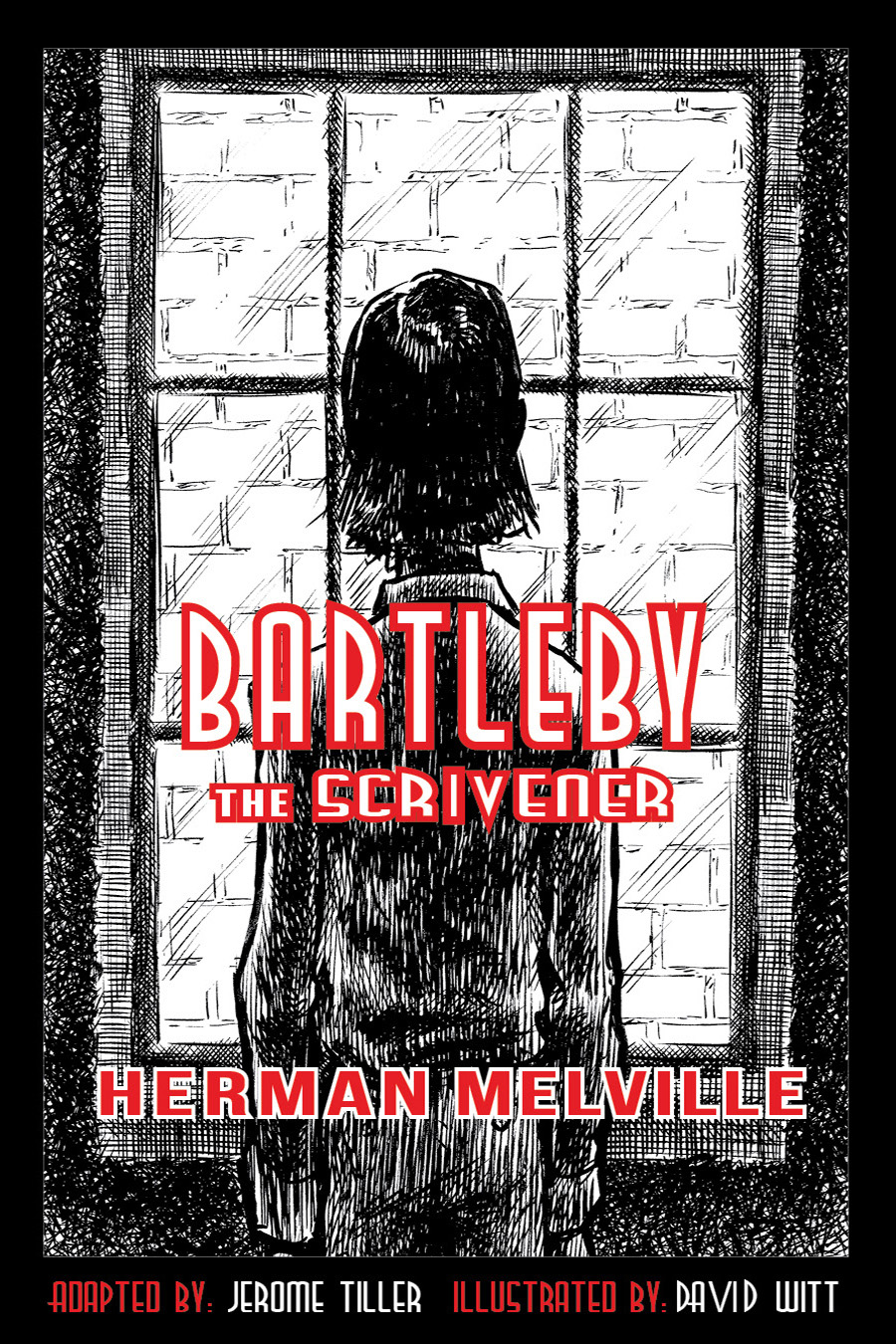Disguising Point-of-View
Disguising point-of-view in Edgar Allan Poe’s Thou Art the Man didn’t take or mean much. As discussed in two previous posts, I eliminated the opening paragraph to give the story a faster start. But unfortunately, in doing so I also eliminated evidence that a first-person narrator was telling Poe’s story. No worry though, Edgar—I quickly got back to the narration that you intended.
Here’s the opening paragraph I eliminated, plus a small slice of the second that I also cut:
Mysteriously however, Poe himself does not identify the narrator as an actual character until near the end. Even then, we learn next to nothing about him. We only know he had a deep background presence throughout the story and that, whoever he is, he was insightful from the very beginning. No objection—Poe gets to be as mysterious as he pleases, even with such a critical element as point-of-view.
Although our disguising of the point-of-view in Thou Art the Man was strictly coincidental, I do not let Poe get by with any old thing in my adaptations. Besides eliminating the obscure first paragraph, I also cut one other substantial bit of narration. In my opinion, it also was too obscure for middle-school readers (not to mention myself).
Here’s the opening paragraph I eliminated, plus a small slice of the second that I also cut:
I WILL now play the Oedipus to the Rattleborough enigma. I will expound to you — as I alone can — the secret of the enginery that effected the Rattleborough miracle — the one, the true, the admitted, the undisputed, the indisputable miracle, which put a definite end to infidelity among the Rattleburghers and converted to the orthodoxy of the grandames all the carnal-minded who had ventured to be sceptical before.
This event—which I should be sorry to discuss in a tone of unsuitable levity—occurred in the summer of 18—.
This event—which I should be sorry to discuss in a tone of unsuitable levity—occurred in the summer of 18—.
I decided this opening had to go. It confused me, as it would a typical middle-school reader. And it did nothing to advance the story or identify the narrator’s role in the story. Here instead are the opening two paragraphs of our adapted version of his story:
Mr. Barnabas Shuttleworthy—one of the wealthiest and most respectable citizens in Rattleborough—had set out from town very early one Saturday morning on horseback with the avowed intention of proceeding to the city of Ruxbridge, about fifteen miles distant, and of returning home on the night of the same day.
Two hours after Mr. Shuttleworthy’s departure, however, his horse returned without him, and also without the saddlebags that had been strapped on its back. The animal was wounded, too, and covered with mud. These circumstances naturally gave rise to much alarm among the friends of the missing man. When he had not yet made his appearance on Sunday morning, the citizens of the town arose en masse to go and look for his body.
Granted, so far in the story, and for just one more paragraph, it seems as if my adaptation is using third-person narration. But by the fourth paragraph, I do latch back onto Poe. From then on I use the the first-person pronoun ‘I’ as Poe did to show the narrator plays a role in the story. Two hours after Mr. Shuttleworthy’s departure, however, his horse returned without him, and also without the saddlebags that had been strapped on its back. The animal was wounded, too, and covered with mud. These circumstances naturally gave rise to much alarm among the friends of the missing man. When he had not yet made his appearance on Sunday morning, the citizens of the town arose en masse to go and look for his body.
Mysteriously however, Poe himself does not identify the narrator as an actual character until near the end. Even then, we learn next to nothing about him. We only know he had a deep background presence throughout the story and that, whoever he is, he was insightful from the very beginning. No objection—Poe gets to be as mysterious as he pleases, even with such a critical element as point-of-view.
Although our disguising of the point-of-view in Thou Art the Man was strictly coincidental, I do not let Poe get by with any old thing in my adaptations. Besides eliminating the obscure first paragraph, I also cut one other substantial bit of narration. In my opinion, it also was too obscure for middle-school readers (not to mention myself).
For a look at the book, here’s a pdf file you can download.The pdf version closely resembles the print book if you select two-page view and also choose to view cover. It’s a good way for reading on a laptop or desktop. The one-page layout would be good to read on an e-reader, cellphone, or iPad.


